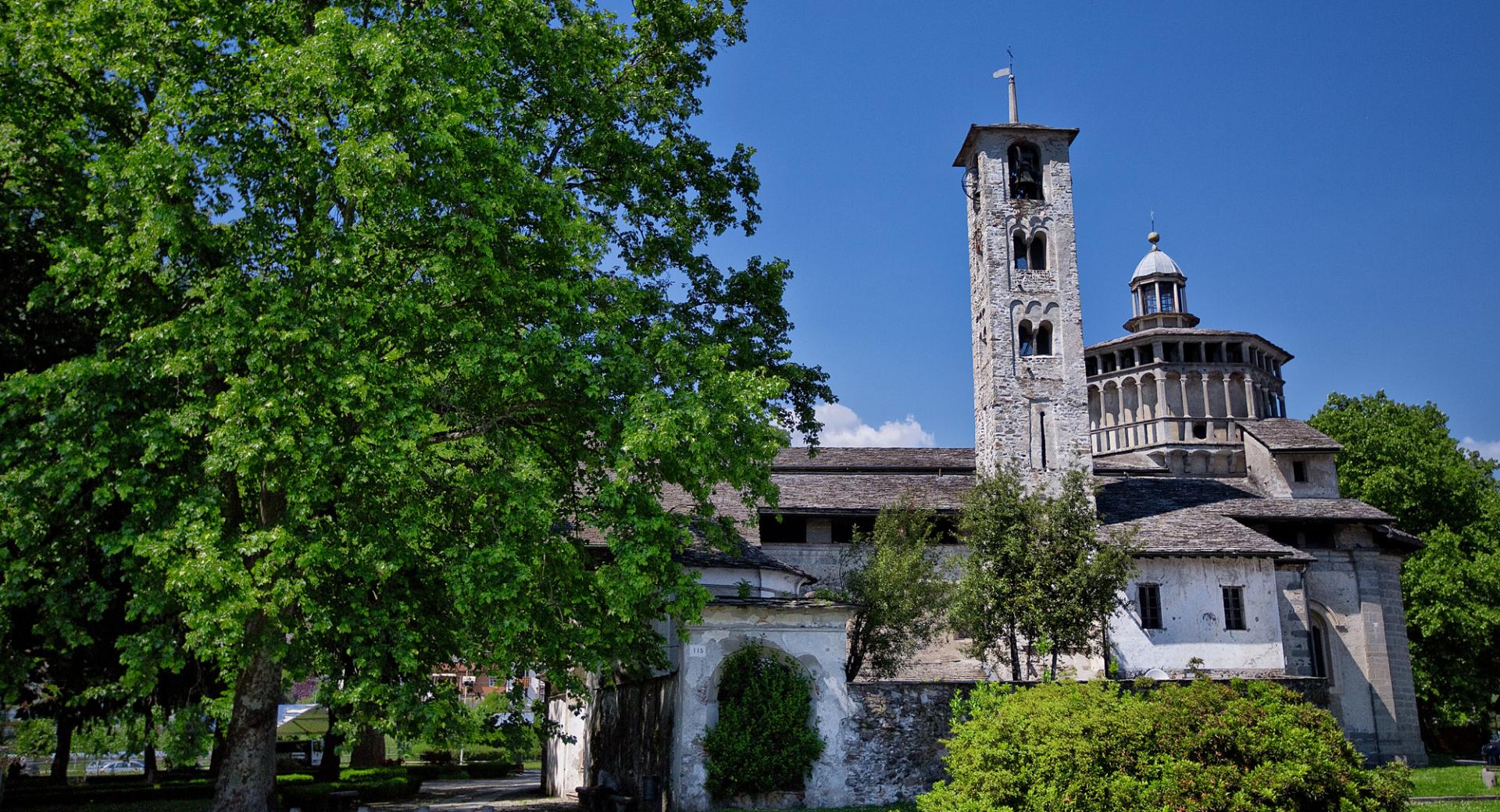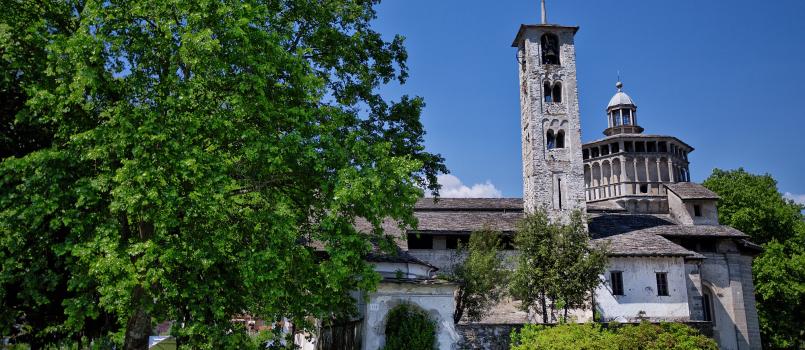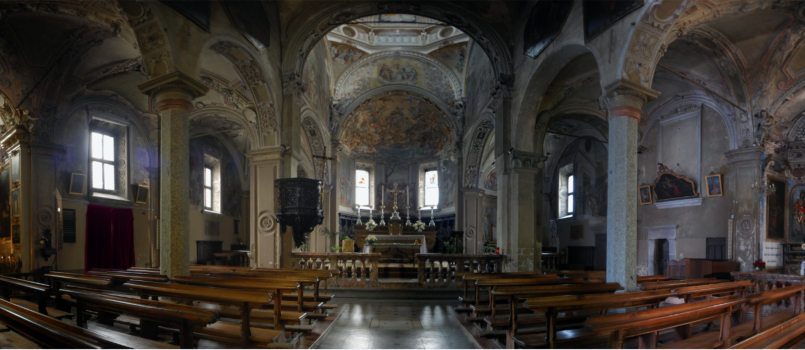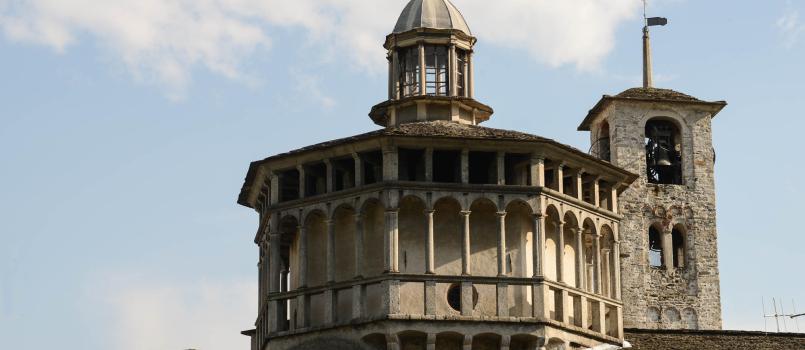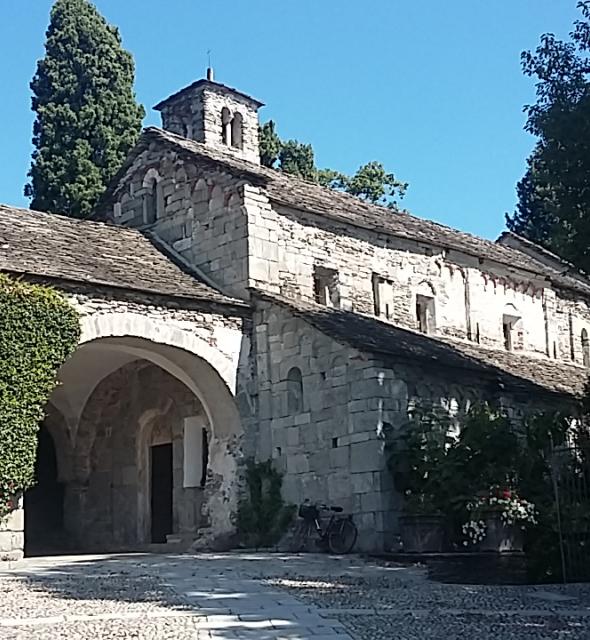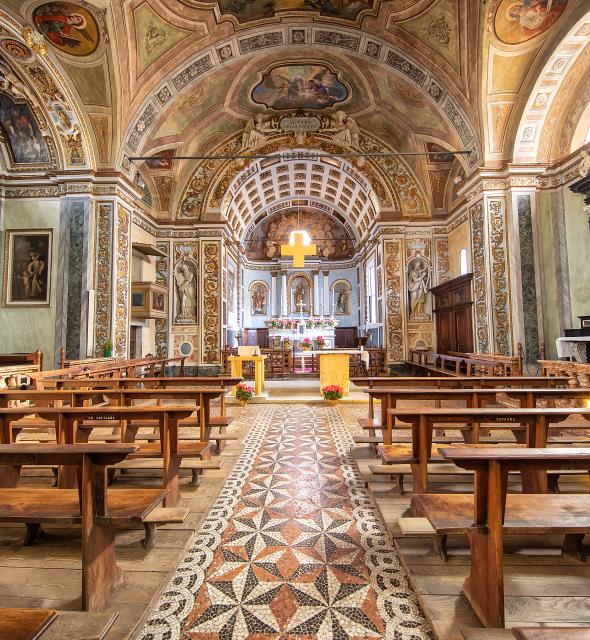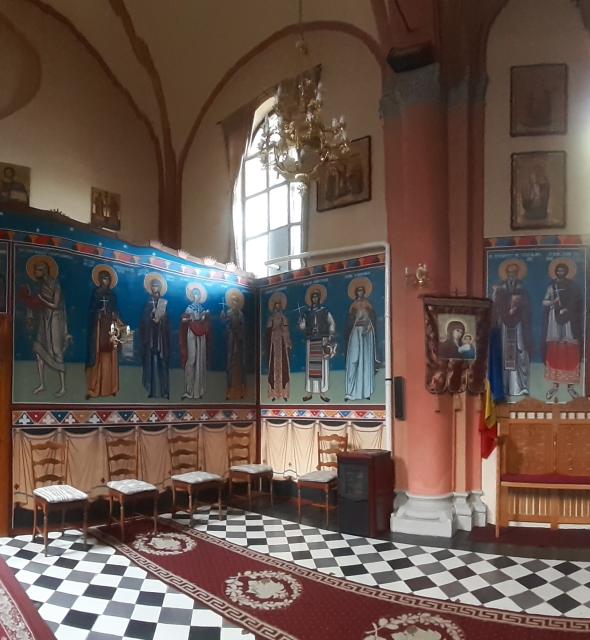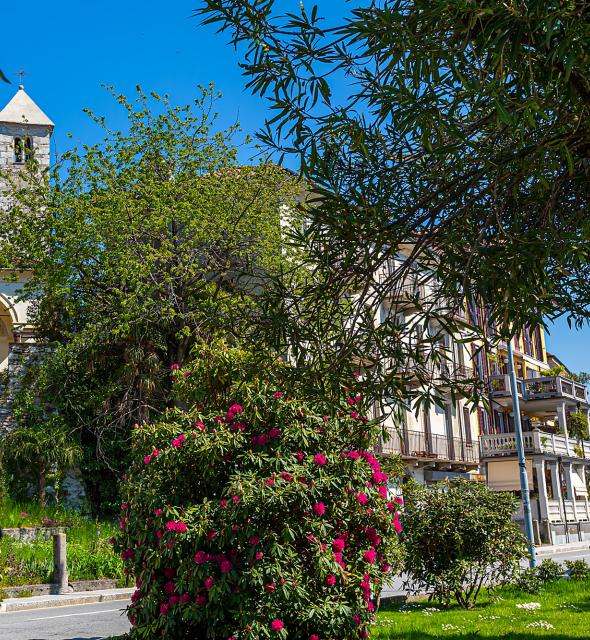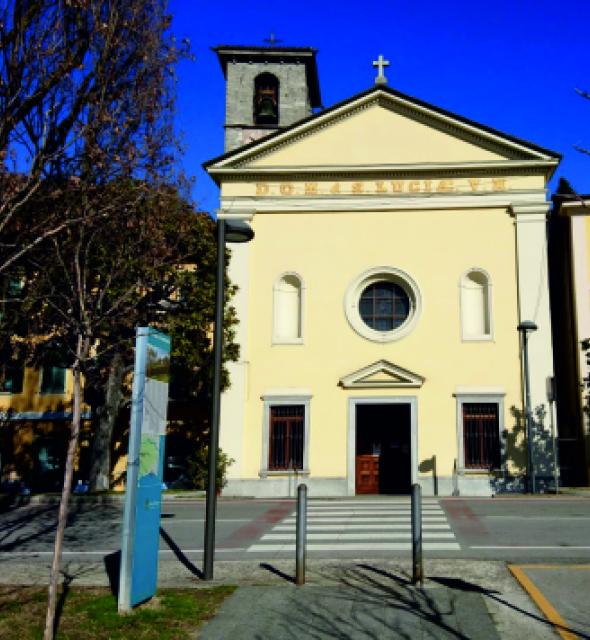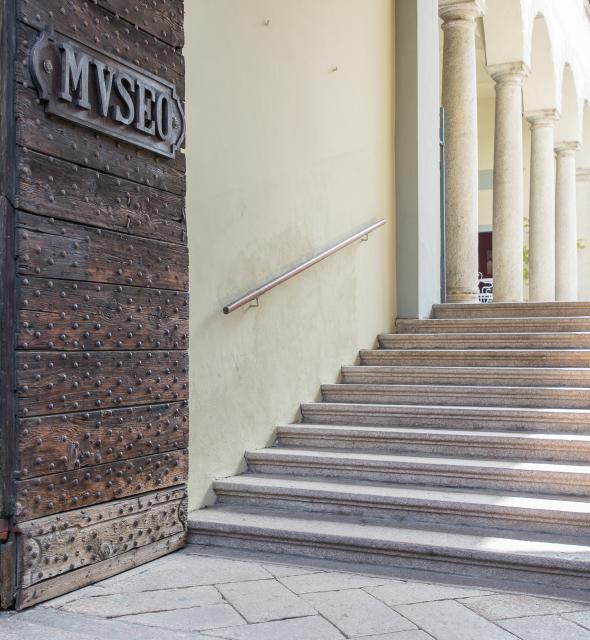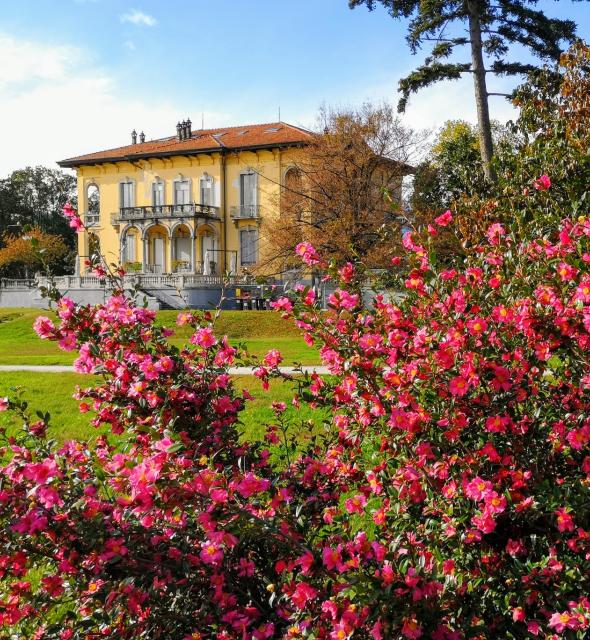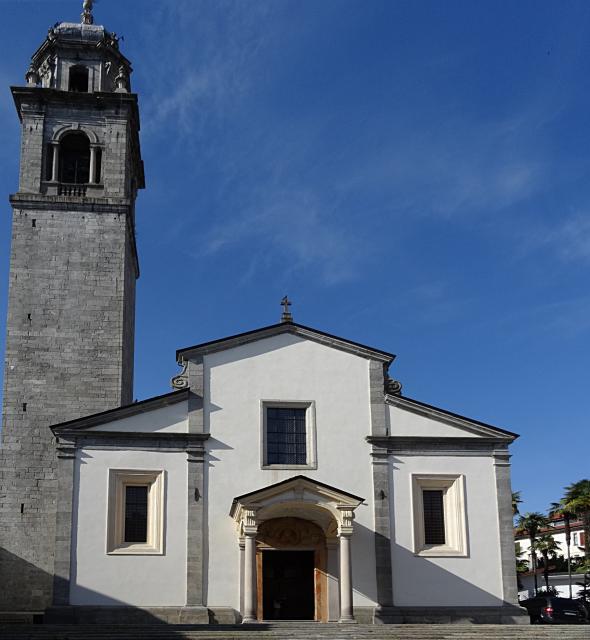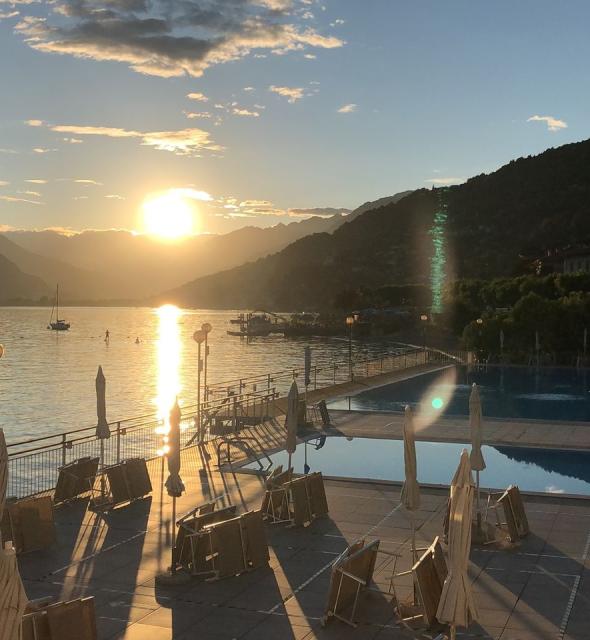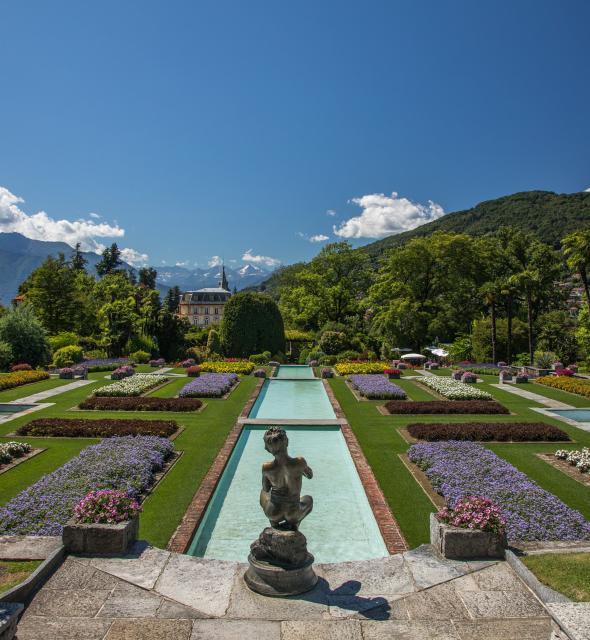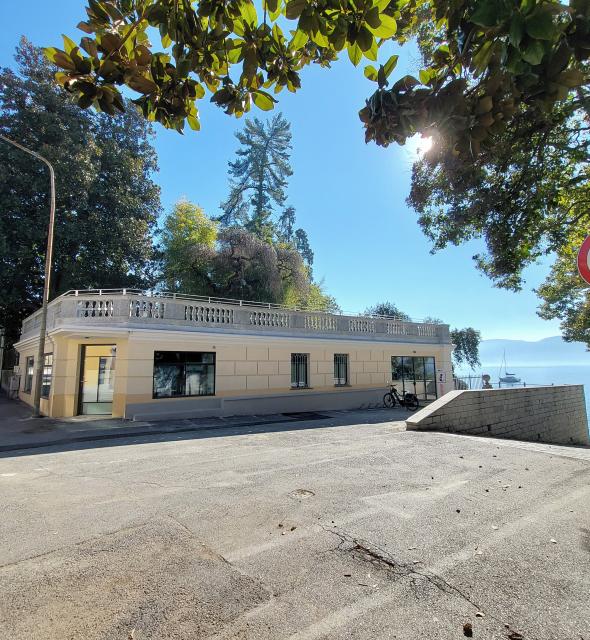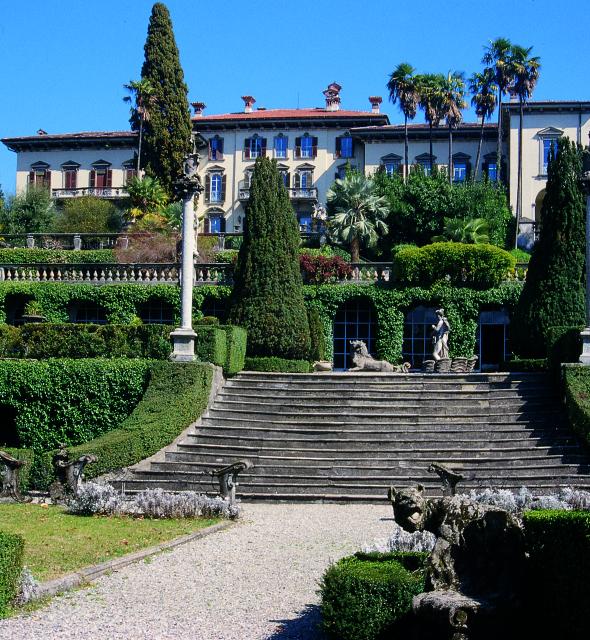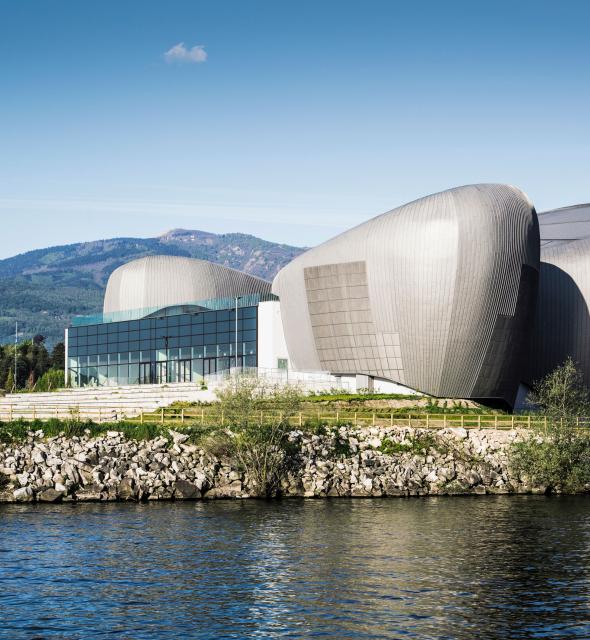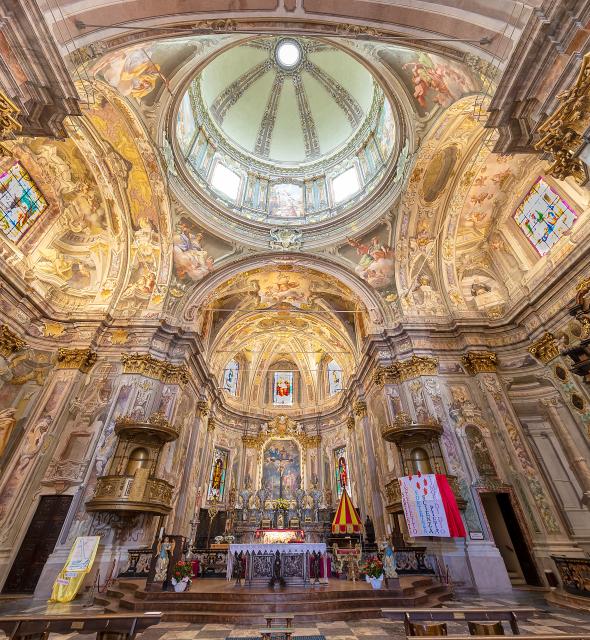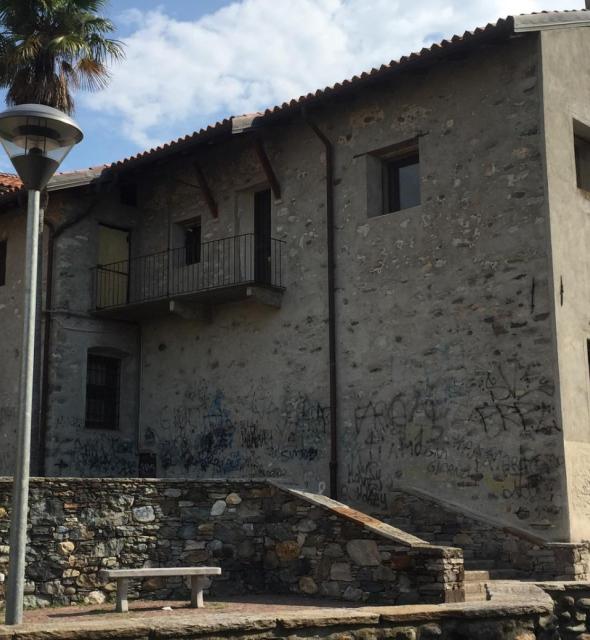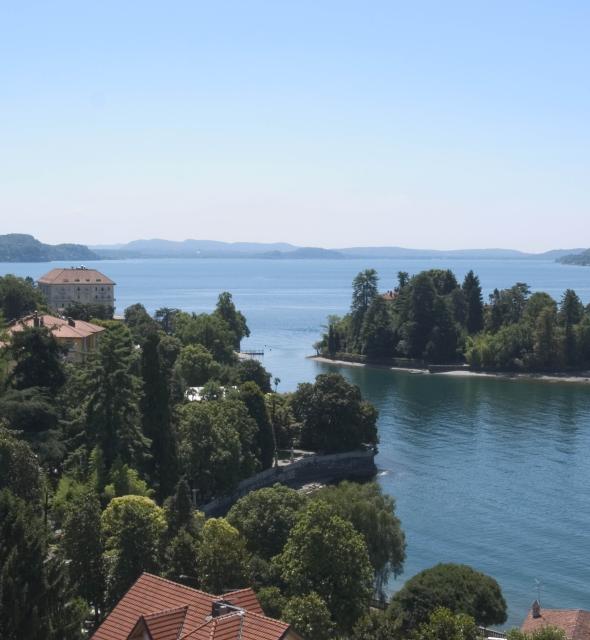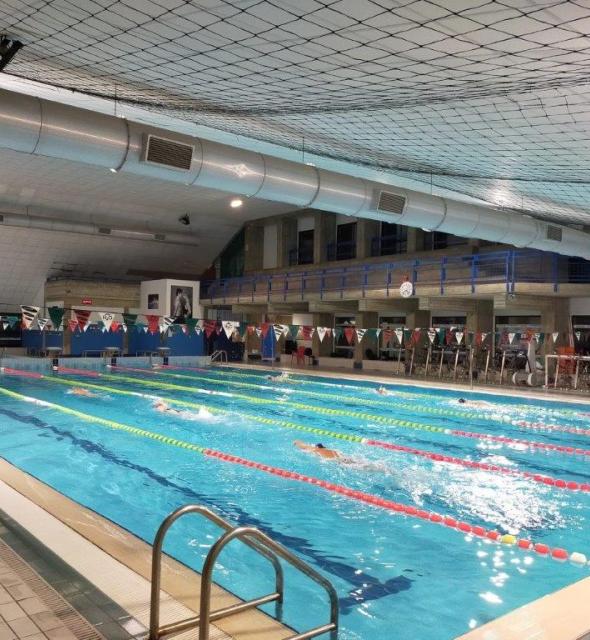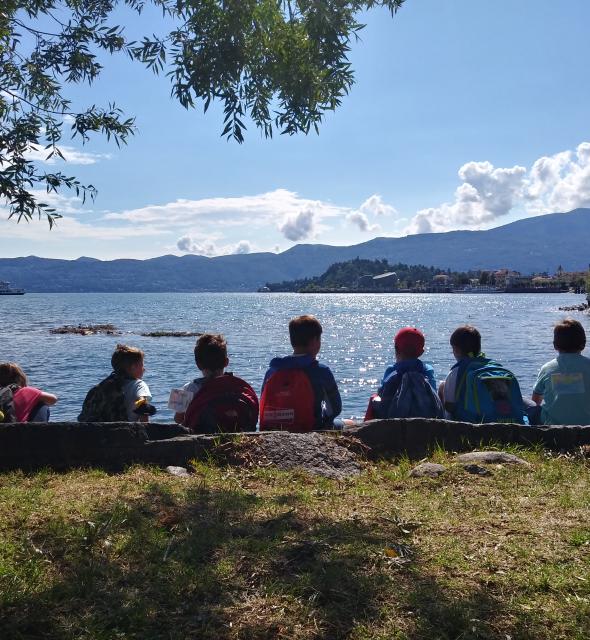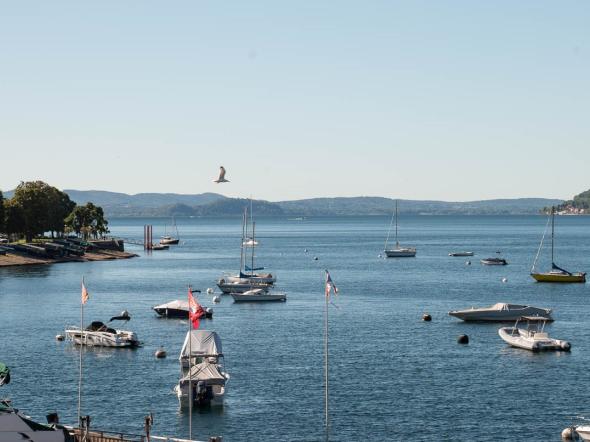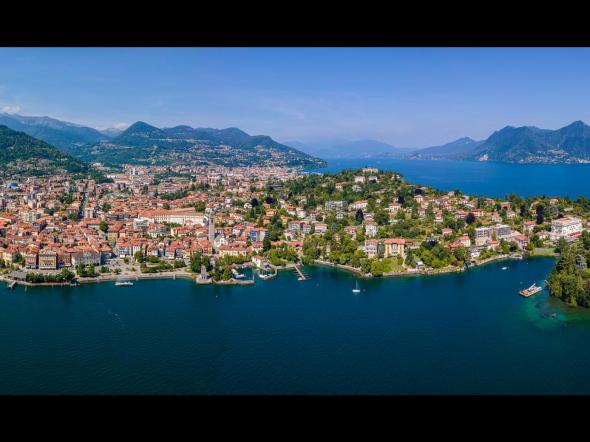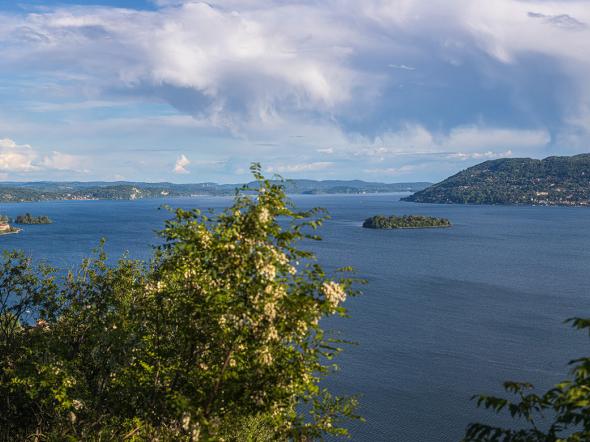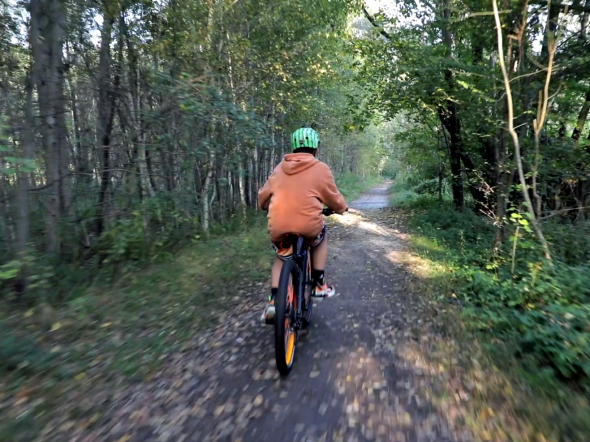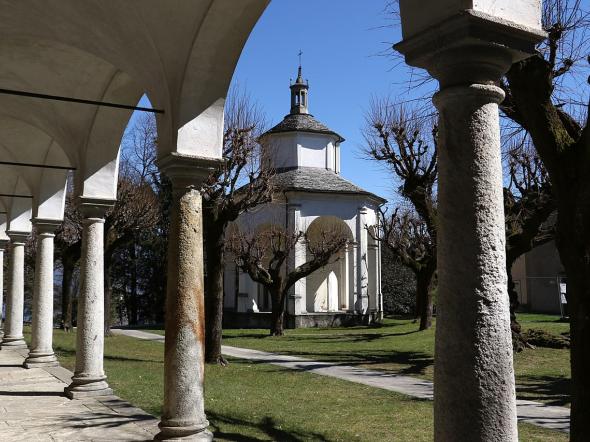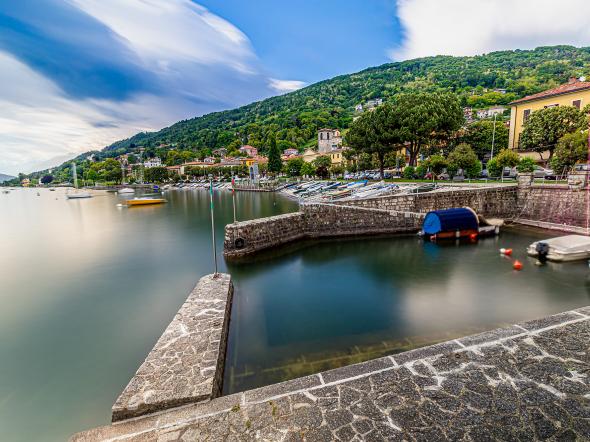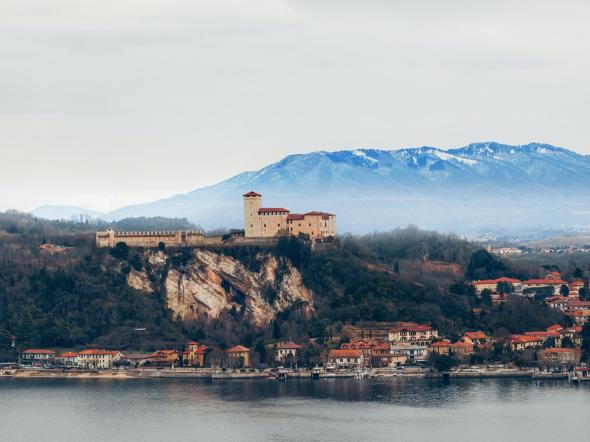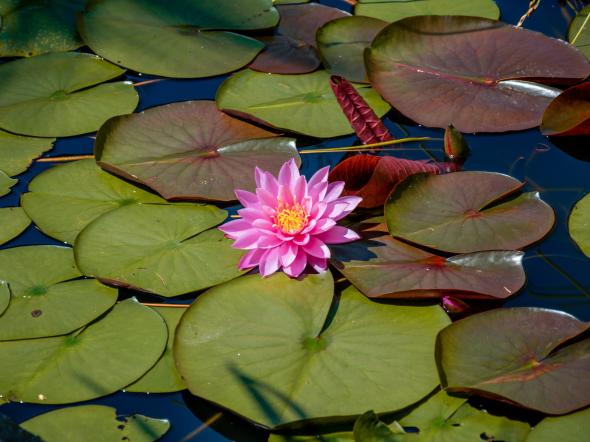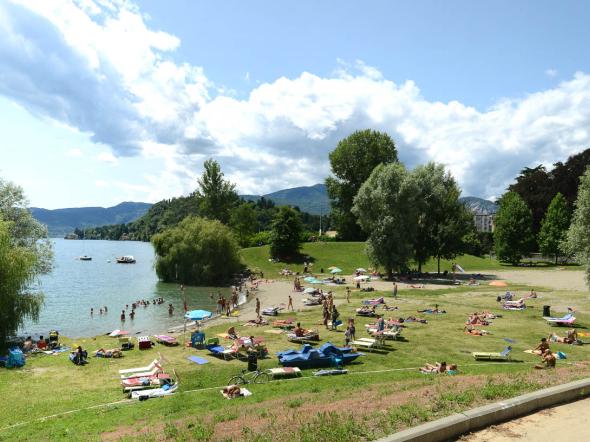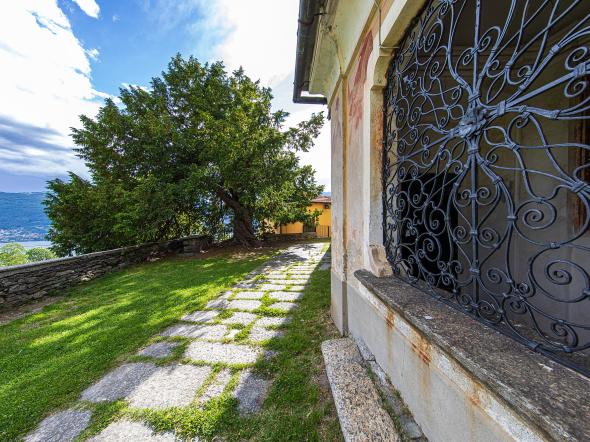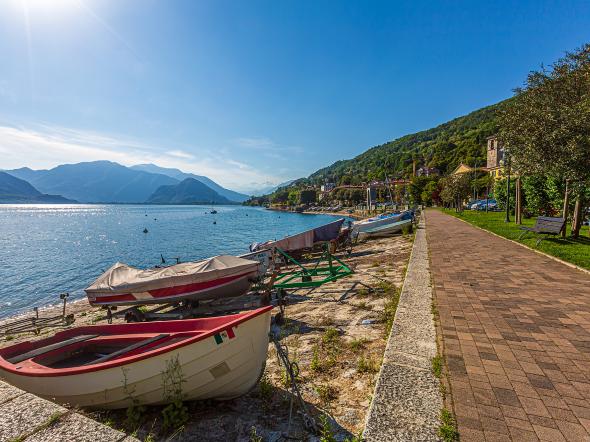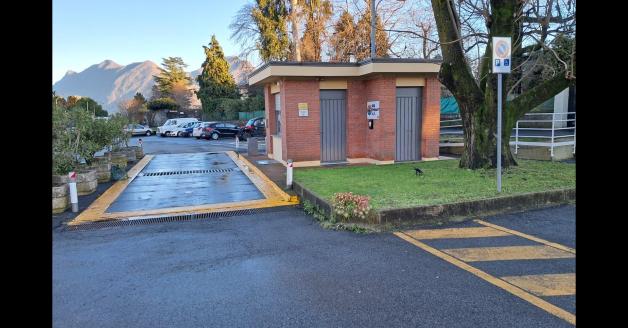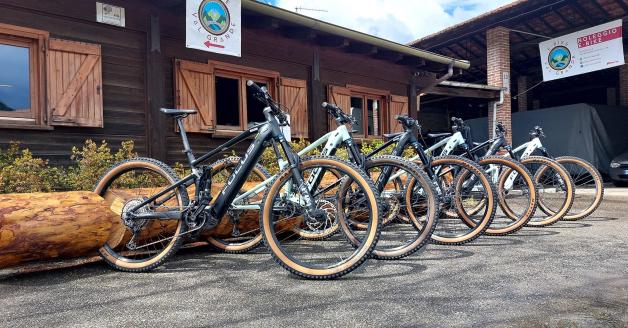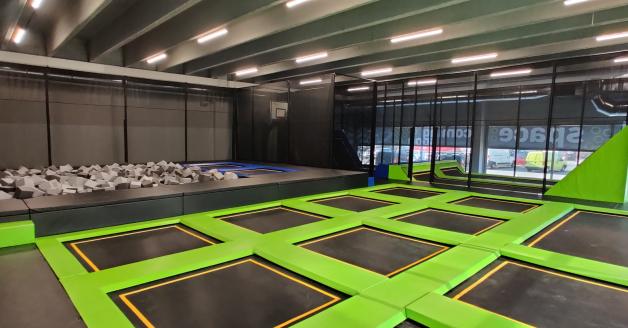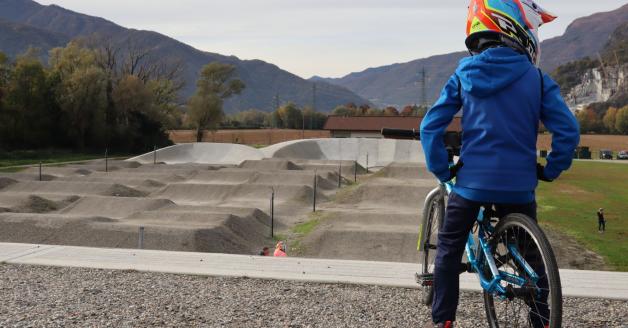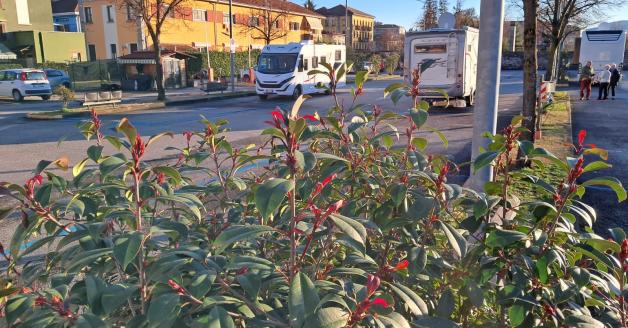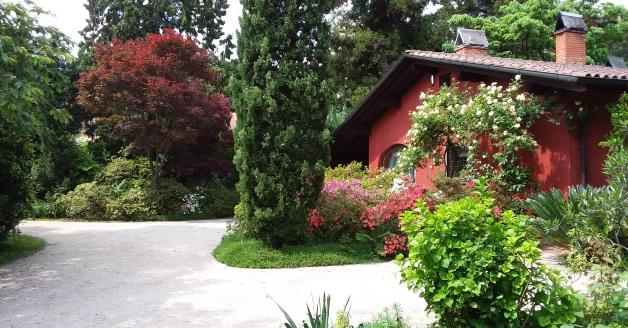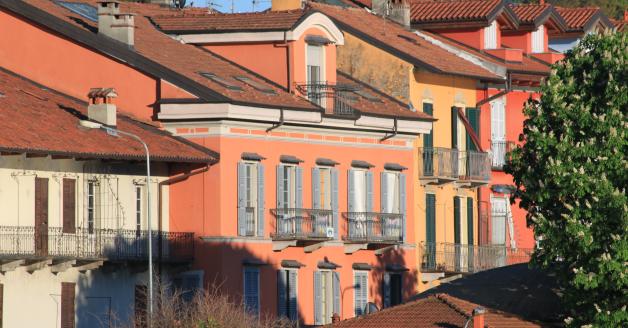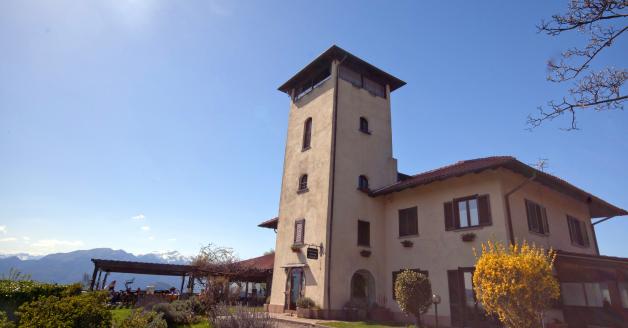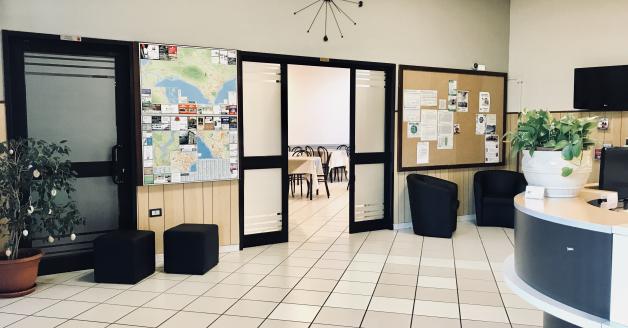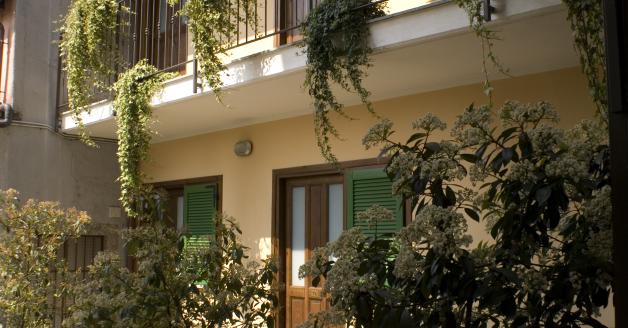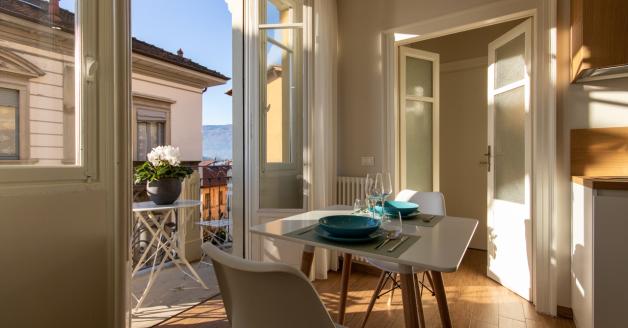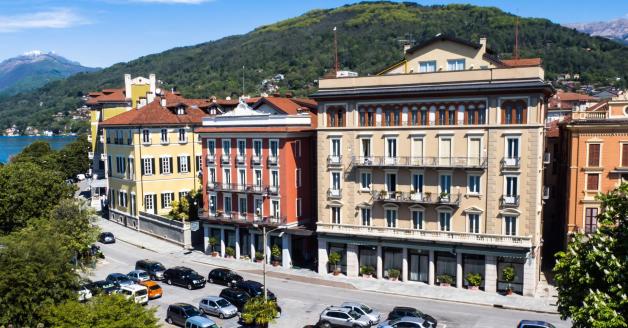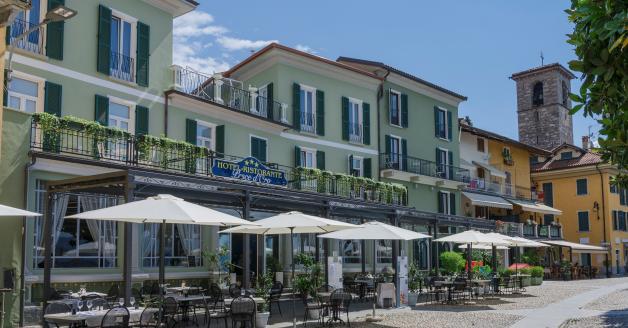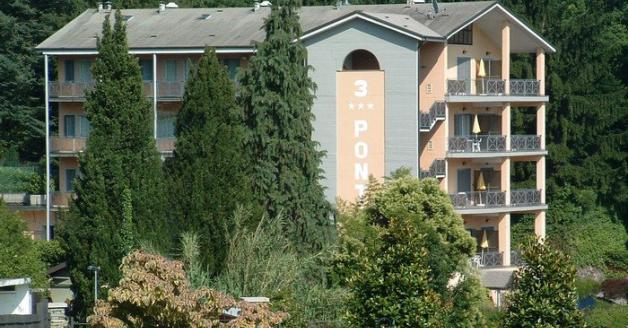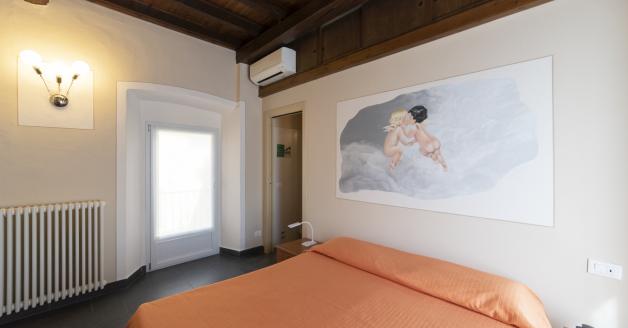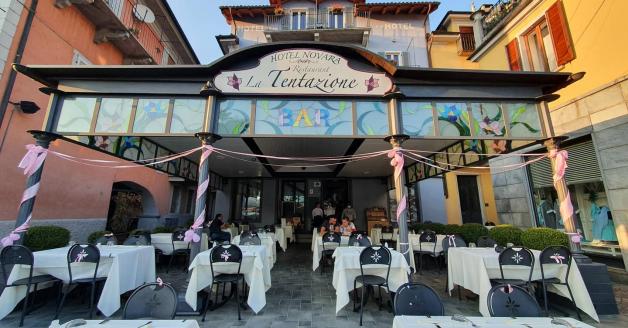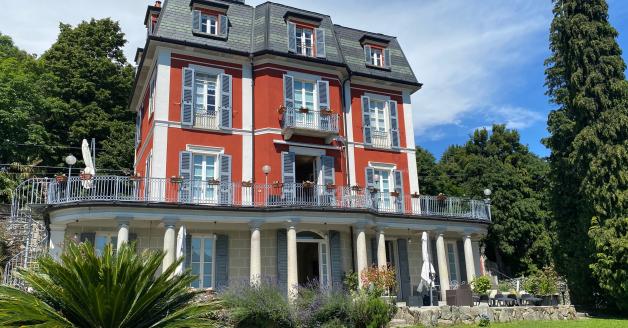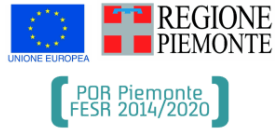Viale Azari 113 - Verbania Pallanza
A woman breastfeeding a child, a Virgin and a God made man. In the Late Middle Ages, this was one of the images most loved by the rural populations of Europe. The Madonna del Latte (Virgin Breastfeeding the Christ Child) became the object of veneration, pilgrimages and miraculous circumstances. As was the case in the countryside between Intra and Pallanza where, in a parish near the banks of the San Bernardino torrent, the church of Sancta Maria de Agro (or Egro as it was known in the local dialect) attracted the faithful who sought forgiveness. The original bell tower, some stone ruins and the venerable painting, probably dating back to the 12th century, are all that remain of that medieval building. The ancient oratory became too small for the hordes of faithful it attracted so the Madonna del Latte had to be relocated.
Hence, in the first half of the sixteenth century, a Renaissance church with three naves was created to replace it. Designed by Giovanni Beretta da Brissago, it was proclaimed a national monument. Popular devotion continued and even San Carlo Borromeo made a pilgrimage to Madonna di Campagna during the plague in 1578.
The gabled façade is decorated with a central rose window and a beautiful Renaissance-style portal with carved panels. Constructed in serizzo, a local stone sourced from one the numerous quarries in the Val d'Ossola, it is dominated by an open gallery octagonal lantern mounted with a cupola. The splendidly decorated interior was completed in the years following the building’s consecration.
Upon entry, the large fresco in the central apse is immediately striking: it depicts the Assumption of the Virgin, painted by Carlo Urbino and Aurelio Luini with Giovanni Pietro Gnocchi. The side chapels dedicated to San Lorenzo and San Bernardo depict scenes from the life of the two saints, painted by Bernardino Lanino and his pupils.
Inside the dome, Cesare Luini has portrayed the four Doctors of the Church, Sant'Ambrogio, Sant'Agostino, San Girolamo and San Gregorio, surrounded by pairs of musician angels.
Not to be missed is the Madonna delle Grazie chapel which houses the ancient Madonna del Latte and works by one of the most famous late sixteenth-century painters Camillo Procaccini, posthumously referred to as the ‘Vasari of Lombardy’, thanks to his ability to represent the doctrines of the Counter Reformation.
The wooden carvings inside the church are also noteworthy: the choir crafted in 1582 by Giovanni and Domenico Merzagora, artists from the nearby Val Vigezzo, the baptismal font surmounted by the figure of Christ kneeling in the act of receiving baptism, and the lectern carved with the symbols of the Four Evangelists.
Take a moment before leaving to look up at the counter-façade to admire the magnificent 1892 organ, by Alessandro Mentasti.
The Madonna di Campagna complex also includes a 17th-century building, previously used as a seminary, and an early 18th-century ossuary.
An interesting fact is that on the Feast Days March 25th, the Annunciation, and August 15th, the Assumption of Mary, at around 17:00 a ray of sunshine enters through the rose window and illuminates a fresco dedicated to the Madonna, unsurprisingly it is known as ‘the miracle of the Sun’.

